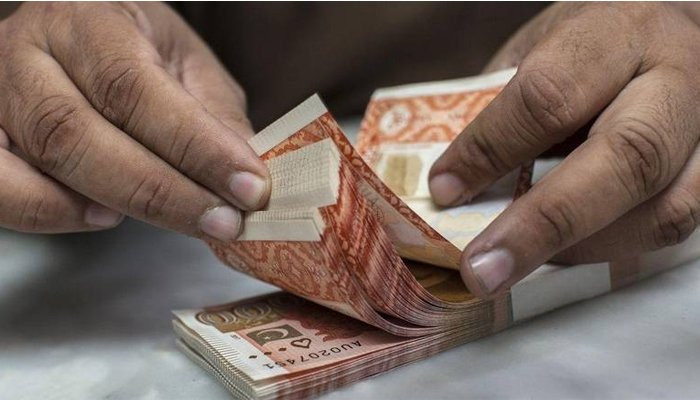
The Pakistani rupee on Thursday crashed by Rs24.54 -- 9.61% -- to an all-time low at Rs255.43 against the US dollar in the interbank market.
The latest fall came as the government ended its control over the rupee-dollar exchange rate as part of the International Monetary Fund (IMF) condition.
The local currency had closed at Rs230.89 against the greenback a day earlier, according to the State Bank of Pakistan (SBP). The rupee devaluation helped the Pakistan Stock Exchange (PSX) rise by 1,200 points during the day.
The benchmark KSE 100 Index closed with net gains of 1,062 points -- 2.67% -- to close at 40,846 points.
Earlier, financial experts had projected the domestic currency losing to Rs250-260 against the greenback ahead of the resumption of the IMF’s $6.5 billion loan programme.
The global lender had asked the government to let the market forces -- mostly commercial banks -- determine the exchange rate.
This was among four major conditions to resume the stalled IMF programme.
The rupee had remained under government control since Ishaq Dar took charge as the finance minister in late September 2022.
At that time, Dar had said that the fair value of the rupee stood in the range of Rs180-200 per US dollar.
The finance minister also believed market forces had artificially undervalued the local currency to Rs240 per US dollar -- first time in July 2022 and the second time in September 2022.
Accordingly, the central bank conducted a probe against banks and found 13 banks guilty.
Earlier this month, the SBP said it would take action against those banks in the coming days.
On Wednesday, Pakistan assured the US that it remained committed to the IMF programme, as the country’s reserves slipped to just half a month of import cover after making a fresh debt repayment of $923 million.
Foreign exchange reserves depleted to an alarming level at $3.7 billion in the week that ended on January 20, 2023, the central bank said in its latest weekly report on Thursday.
The IMF has asked Pakistan to implement a market-based exchange rate, lift restrictions on imports, increase taxes and electricity prices. However, so far, the government has not yet taken any of these measures and is waiting for a formal engagement with the global lender before taking these actions.
In the open market, the domestic currency dived by 7.25% -- Rs19 – to a record low at Rs262 per US dollar compared with Wednesday’s close of Rs243 per US dollar.
Ismail Iqbal Securities Head of Research Fahad Rauf said that the domestic currency saw the single largest decline in a day on Thursday.
“This was officially the largest daily rupee decline, both in absolute, that is Rs24.54, and in percentage terms, that is 9.61%, since the introduction of the new exchange rate system in 1999,” he added.
Topline Securities CEO Muhammad Sohail said that Pakistani rupee’s record 9.61% fall against the US dollar was expected after three months of managed rate.
“In the short-term, the impact will be inflationary, but in the long run, it will help in reducing imports and increasing exports and workers’ remittances,” he added.
“Sohail stressed the need to do more to bring back the IMF immediately.
“Try to eliminate the current account deficit,” he added.
The expert observed that the much-awaited rupee adjustment had taken place by allowing banks to quote the rate based on the market’s demand-supply.
“This was the case till September 2022, but later the bank rate was kept in a narrow band that gave rise to a black market. Now, the black market rate will come closer to the bank rate,” he added.
He believed that this would help in increasing exports and inward remittances through banking channels.
“This may also help in reviving the delayed 9th review with the IMF and inflows from friendly nations,” Sohail noted.












1674707611-0/Dar-(1)1674707611-0-270x192.webp)
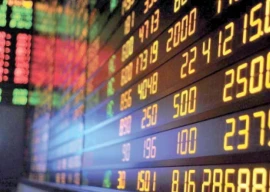
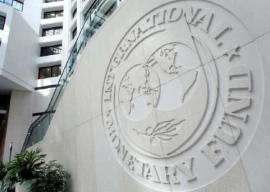
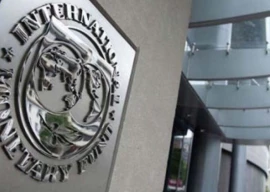


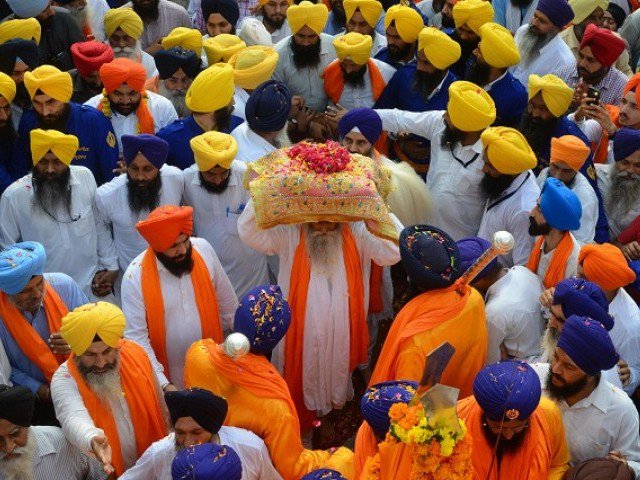

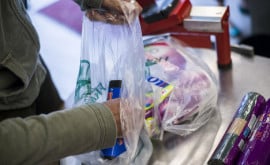





















COMMENTS
Comments are moderated and generally will be posted if they are on-topic and not abusive.
For more information, please see our Comments FAQ